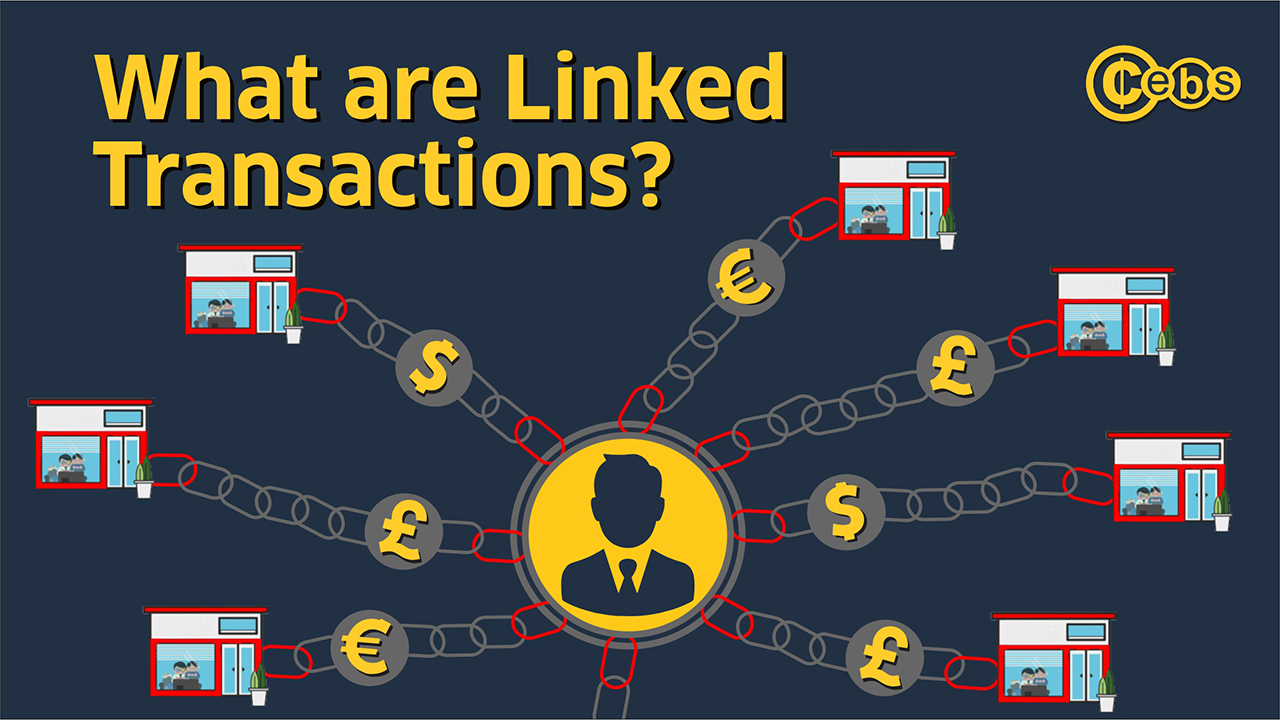What are Linked Transactions?
Please fill the form below and our team will be in touch within 24 hours.

What are “Linked transactions”?
- They can be a series of small or big amount of transactions by a legitimate customer.
- Or they may be transactions spilt into two or more to appear as independent just to avoid detection.
Example: Legitimate customer is going on a holiday of his life and would like to spend more but is checking exchange rates constantly and transacts smaller amounts almost every day for a week.
Why is it done?
- When a customer intentionally wanted to avoid anti-money laundering controls imposed by your company.
- To avoid producing an identity proof the customer would simply like to split the transaction into smaller amounts below the level at you check ID or enquire about the source of funds.
What are your responsibilities?
- You as a company must put in place systems to monitor customers’ transactions to identify linked transactions.
- If your business has multiple branches or agents then your system should be able to identify linked transaction conducted through your entire network.
- You should have measures in place and mentioned in your Risk Assessment how to act after finding linked transactions.
Do you need to report this to regulatory bodies?
- Mostly, you should report to your regulatory bodies if you sense some suspicion.
- There may be 2 types of customer you need to deal with: ONE - Legitimate customer may provide identification document and source of funds when you ask for. TWO - On asking the customer an id document or source of funds, you may never see this customer again.
- Reporting a customer to regulatory bodies is the decision of your Money Laundering Officer.
How CEBS helps you to find Linked Transactions?
- If the transaction amount is less than your Anti-Money Laundering limit say for example £4,000.00 then you still have an option of collecting Customer’s name, mobile or postcode and to save it in CEBS.
- Next time when the customer comes in then boom, your cashier knows that the customer was here before.


